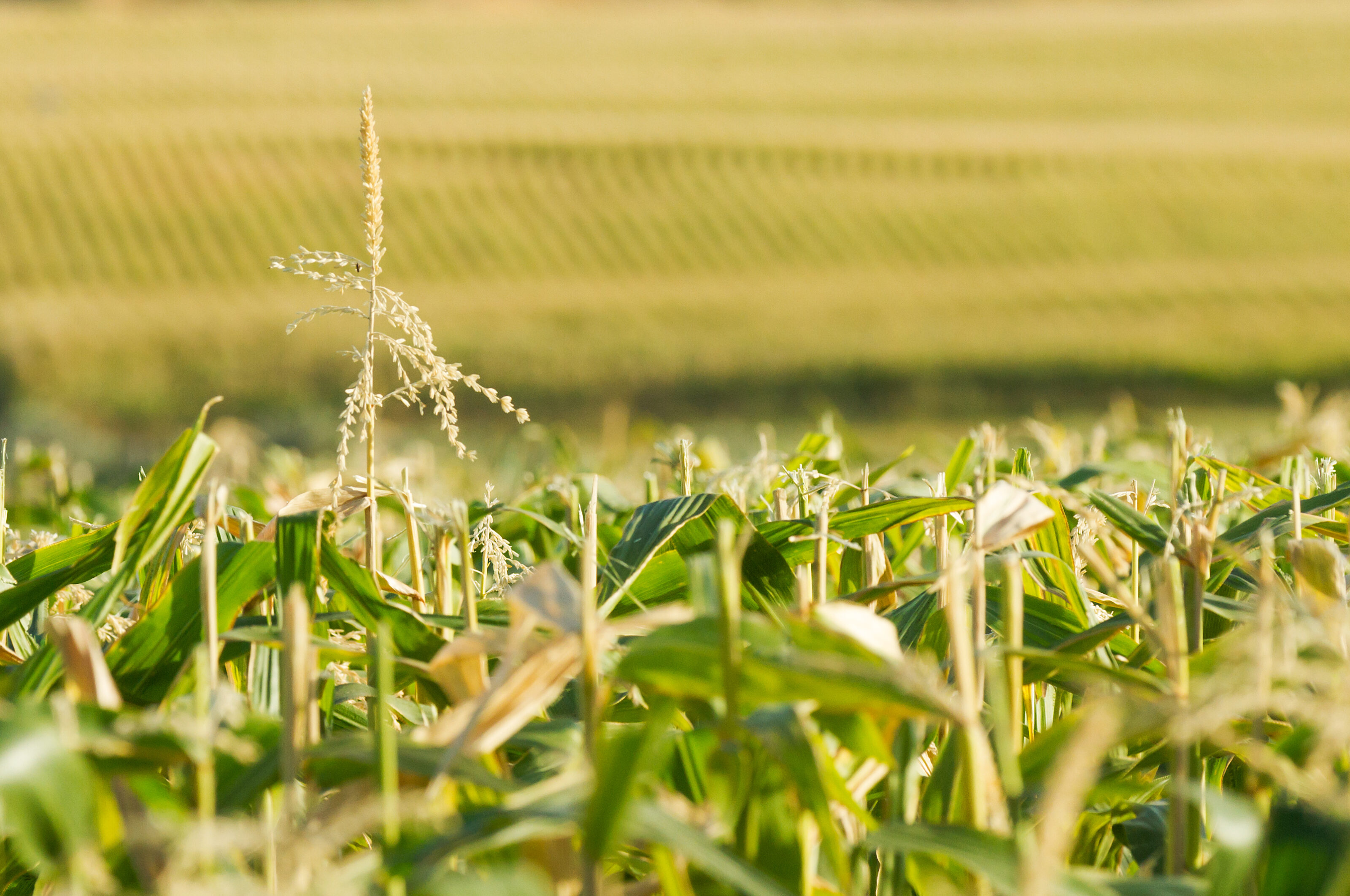Recent weather trends have increased soil nitrogen availability. Through effective nitrogen management, farmers can save on fertilizer costs while they maximize yields.
Seizing this opportunity, however, requires an understanding of the methods, equipment, and — in some cases — the math involved in determining nitrogen availability in crops. Let’s explore three essential techniques to optimize nitrogen use during the growing season:
Late Spring Soil Nitrate Test (LSNT)
The LSNT has been a reliable method for gauging the need for in-season nitrogen applications in corn crops for over three decades. By collecting soil samples when corn plants are between six to 12 inches tall, this test helps farmers determine if additional nitrogen is necessary. It is particularly effective in medium and fine-textured soils, guiding nitrogen application based on actual soil conditions rather than estimations.
For a more thorough exploration of LSNT and an overview of the formulae involved in exact measurement, see the University of Nebraska’s comprehensive guide.
Sensor-Guided Nitrogen Application
As crops mature, remote sensing technology becomes invaluable. Techniques include handheld devices, aerial sensors from drones or planes, and high-clearance nitrogen application equipment. These sensors measure crop canopy reflectance using the Normalized Difference Red Edge (NDRE) index for corn to assess the field's nitrogen status. This real-time data allows for precision in applying nitrogen only where needed, ensuring efficient use and reducing wastage.
For a complete breakdown of the techniques and algorithms involved when using sensor-guided techniques, reference the same guide above.
Fertigation
Fermentation is a cost-effective method of supplementing in-season nitrogen needs by incorporating nitrogen into the irrigation process. Farmers can apply uniform nitrogen across the field by analyzing crop conditions via remote or ground-level sensors. This method not only simplifies the application process but also enhances the absorption of nitrogen by the crops, especially when timed correctly during growth stages.
By employing these methods, farmers nationwide can adapt their nitrogen application strategies to current soil conditions and crop needs, leading to better resource management and potentially significant cost savings.
Looking to build a comprehensive approach to nitrogen management? Your local John Deere dealer can help you find the sensors and equipment for year-round nitrogen management.
